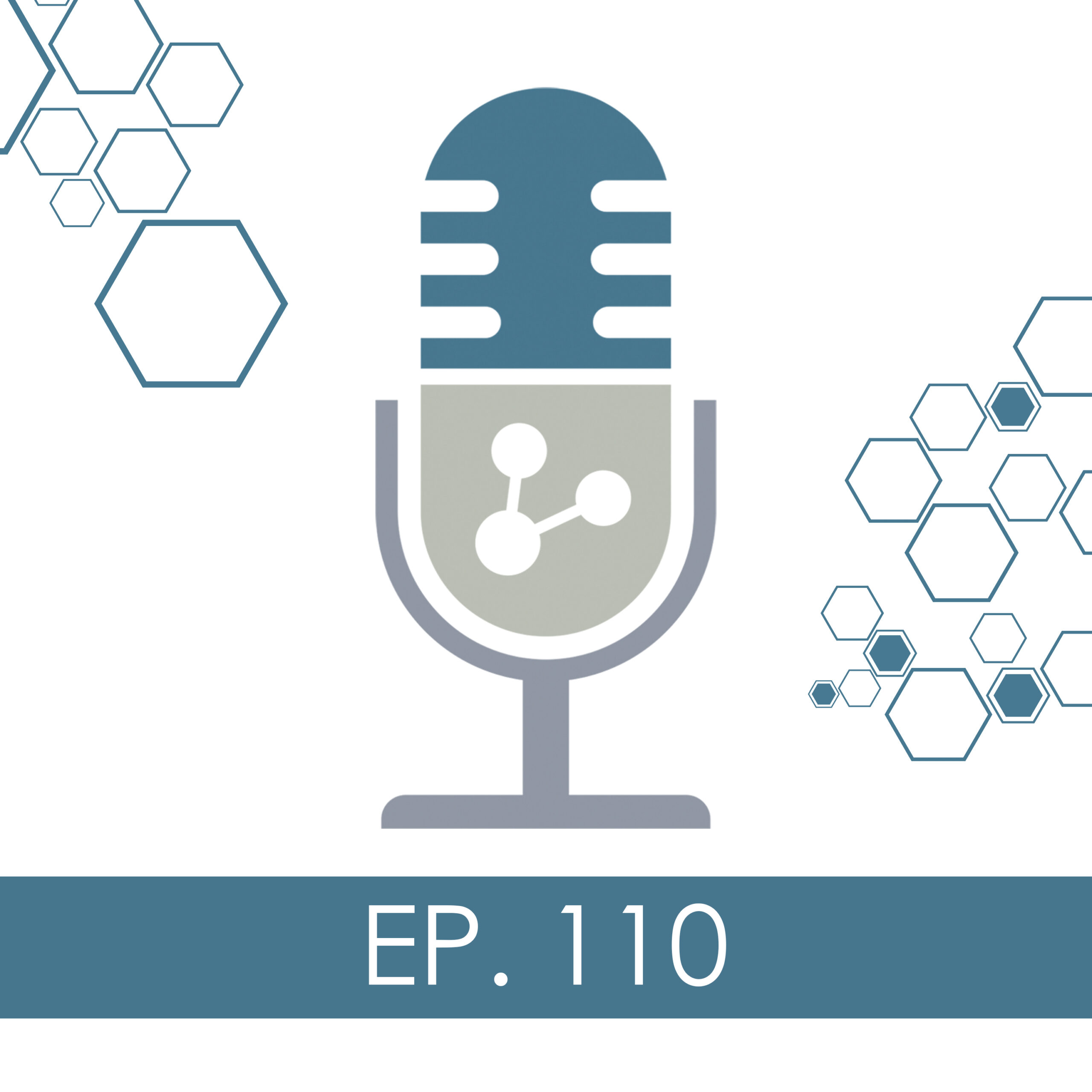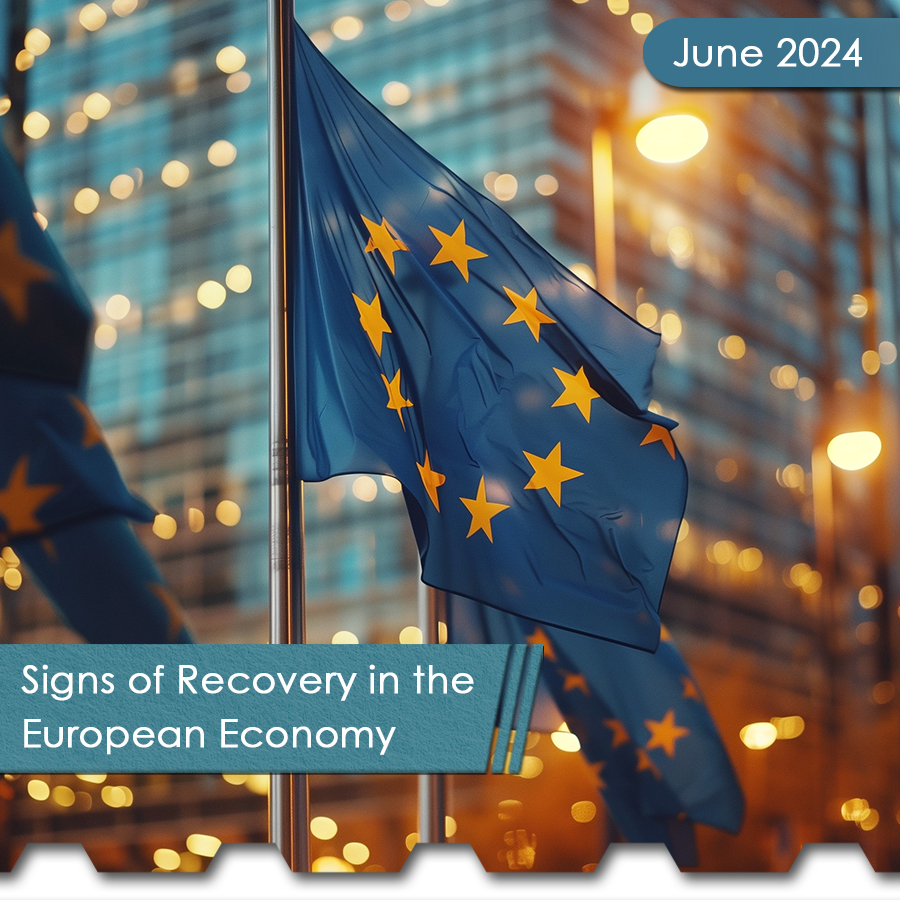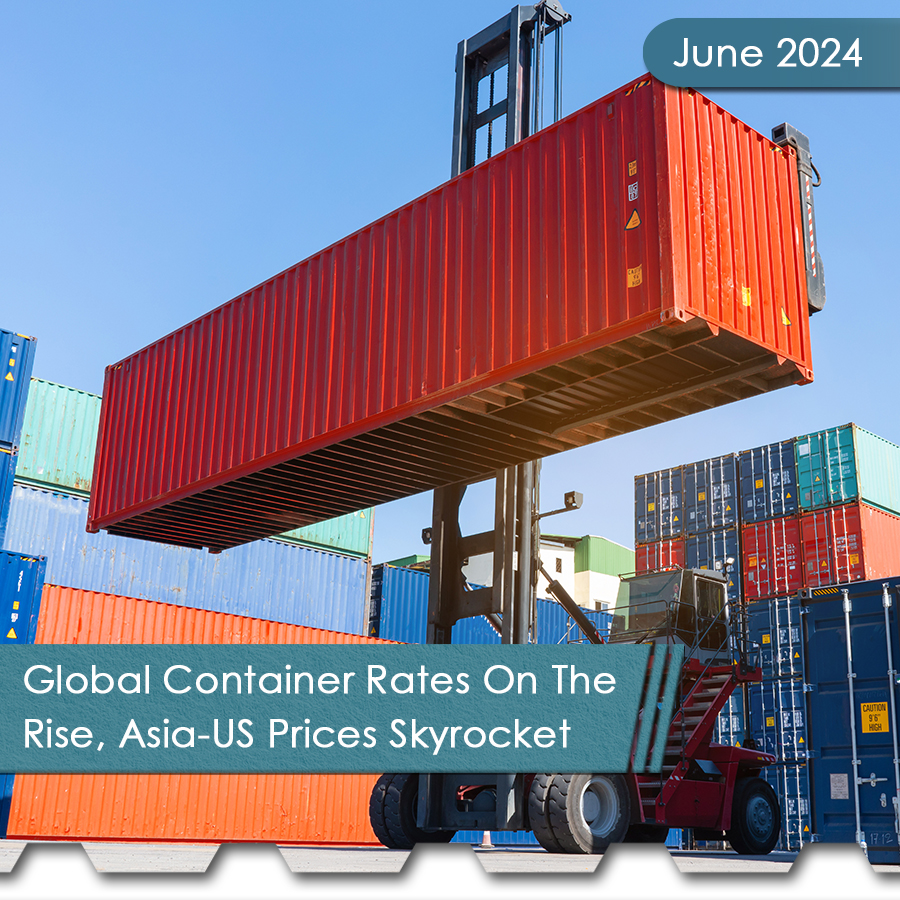Overview
The economy, as a subject of discussion, appears to have lost its appeal. Not long ago it was a favorite topic of conversation, giving life to dull office parties and enjoying a solid reputation as a dependable standby for columnists experiencing dry spells. Now, it is little more than an annoying overweight elephant in the room that everyone is stumbling around trying to avoid. How can that be?
A bad economy brings drama to the table and usually a promising future as the oligarchs manipulate the marketplace to bring stability to their substantial investments. A good economy gives reason to celebrate and discuss the possibilities of an even longer and brighter future as the top moneymakers strut their stuff and build empires that defy challenge. But no economy is something new. How do we deal with it? There is nothing to discuss, no substance, no drama, it appears to have . . . well . . . stopped, or gone into a serious lull. One thing for sure, it is indeed frightening. The experts are not making predictions, good or bad. The pundits are actually asking, “Are we in a recession of some kind?” Nobody seems to know.
According to one respected analyst, the economy is in a “stall” mode, not exactly a recession, but far from a growth spurt. Consumers are confused and have put the brakes on spending, manufacturers have taken advantage of low oil prices, and warehouses are full of products waiting to be distributed. Is it the proverbial still before the storm, or a false alarm? Although opinions vary, the consensus is that the economy is at best, fragile. Read on, and draw your own conclusions.
Is the Economy Actually in a Recession?
According to respected Washington Post analyst Matt O’Brien, that is a possibility. In a recent article he said, “The U.S. economy barely grew at the start of the year, and it’s barely growing any more than that now. It’s bad enough that it’s not completely crazy to wonder whether we’ve somehow slipped back into a mini-recession.
“It’s only mostly crazy. And even then, it depends on what you mean by “recession.” If you’re talking about the usual rule-of-thumb of two consecutive quarters of negative growth, then, yes, there’s probably a 5 percent chance that we’ve fallen into one. But if you mean an economic decline that actually makes unemployment go up, then, no, we don’t have to worry about the r-word. We just have to worry about a new normal of slow growth that might dip into negative territory every now and then even during the good times. In other words, about turning Japanese.
“Now, once again, the economy has fallen into a funk that only evokes words like “stall speed” or “anemic” or “disappointing.” The extreme winter weather helped pushed growth down to 0.2 percent in the first quarter, and the Atlanta Fed’s GDP Now model only thinks it’s up to 0.9 percent now. That’s even worse than last year, when another polar vortex-induced slump at least gave way to a strong bounce back thereafter.”
U.S. Economy Probably Shrank in the First Quarter
Fiscal Times executive editor, Yuval Rosenberg, wrote that recently released March trade deficit data revealed that the the gap between U.S. imports and exports surged 43 percent to $51.4 billion, the highest since 2008. This likely means that the economy shrank a bit in the first quarter rather than growing at even the weak 0.2 percent annual rate the government initially estimated. But that surge in the trade gap, the largest since 1996, is more likely a result of a short-term hit to the economy than a signal of some new long-term concern.
Economists say the troublesome new numbers reflect the impact of the labor dispute that saw traffic through West Coast ports slow to a crawl for months until an agreement was struck in late February. The protracted and contentious contract negotiations and resulting disruptions left ships loaded with goods floating at sea and retailers frustrated about a lack of shipments needed to keep their businesses operating as usual.
Banker Survey Says Energy Loans are Expected to Deteriorate Further
Bloomberg business analyst Dakin Campbell wrote in a recent article that the condition of oil and gas loans held by U.S. banks is poised to worsen if commodities fall in line with futures prices, according to a Federal Reserve survey of bankers.
About 59 percent of senior loan officers in the U.S. surveyed in April said the quality of loans made to drilling and extraction firms in the oil and natural gas industry is likely to “deteriorate somewhat,” according to the Fed’s quarterly survey. Loan restructurings, reductions in the size of outstanding credit lines and demands for additional collateral may mitigate losses, the loan officers said.
The swift decline in U.S. oil prices caught many market participants by surprise and made it harder for borrowers to repay debt taken out during the multiyear expansion.As lenders moved to reexamine the loans they made to the firms, bankers have sought to ease the concerns of analysts and investors.
Chevron Selling More Marcellus Acreage
According to Pittsburgh Business Times staff reporter Sam Kusic, Chevron Corp.’s Appalachia business unit is continuing to restructure its operations, putting about 11,700 Marcellus Shale acres in Pennsylvania on the market.
A listing on EnergyNet says that Chevron (NYSE:CVX) is accepting sealed bids on the acreage in Clearfield and northern Cambria counties until May 21. The acreage, about 52 percent of which is held by production, includes six producing Marcellus wells.
In February, Chevron listed for sale about 15,600 gross acres in Cambria, Blair and Bedford counties.
Chevron has been reorganizing the business unit, laying off 162 people and consolidating its headquarters into one building at Cherrington Corporate Center. The company also has delayed a decision on building a headquarters campus in Moon.
Chevron spokeswoman Brenda Cosola said the acreage is being put up for sale as it is not part of its core development area in the Marcellus. She added the company regularly evaluates and prioritizes its portfolio of assets.
Dow Chemical Fires 3% of Employees, CEO Takes No Pay Cut
A harsh article by 24/7 Wall Street reporter Douglas A. McIntyre said that Dow Chemical management announced that the company has shifted its portfolio toward targeted, integrated high-value markets, and as a result the Company is taking additional actions to further enhance its organizational effectiveness — with a focus on driving geographic market engagement coupled with global efficiency — to deliver maximum value from its growth investments.
The Company will take charges totaling approximately $330 million – $380 million in the second quarter of 2015 for asset impairments, severance and other costs related to these measures, which are expected to be completed during the next two years. Once fully implemented, these actions are expected to result in approximately $300 million of annual operating cost savings.
McIntyre said that the story is as old as publicly traded companies. Dow Chemical Co (NYSE: DOW) will cut 3% of its workforce. Nothing in the corporation’s press release mentioned whether Andrew N. Liveris, Dow’s president, chairman and chief executive officer, will cut his own pay by a dime.
Toxic Status Quo Fails to Protect Consumers
Washington Post columnist, Ruth Marcus, suggests that the highly contested current Toxic Substances Control Act (TSCA) that was allegedly designed to protect the public from dangerous chemicals, falls far short of the task. Updated legislation could significantly affect the economics of the chemical industry.
“For example, before a new chemical enters the market, the manufacturer must demonstrate its safety and the substance must win approval from federal regulators, right?
Not even close,” Marcus writes.
She went on to say: “When it comes to new medications, the Food and Drug Administration conducts a rigorous review. Same for pesticides and the Environmental Protection Agency. But chemicals — even chemicals used in everyday household products — are presumed safe until proven otherwise. Companies don’t even have to test chemicals before using them in consumer products.
“Not only that: The EPA, which is responsible for overseeing chemical safety, is all but toothless even when serious questions are raised about substances already in use. If you think this is hyperbole, consider the example of asbestos, classified as a “known human carcinogen.” It’s banned, right?
Nope.
In 1989, after studying the issue for 10 years and concluding that asbestos posed “an unreasonable risk to human health,” the EPA moved to prohibit most products that contain asbestos. Two years later, it was shot down by a federal appeals court, which concluded that the agency had overstepped its authority.
Since then, the EPA has not proposed regulating a single additional toxic substance. Not a single one, despite the emerging evidence that an alphabet soup of chemical substances — BPA in plastic baby bottles, PFCs in nonstick surfaces for pans, PBDEs in flame retardants for furniture — collect in the human body and are linked to health problems, particularly in children.”






